Mandel Faculty Grants 2025
Research Grants for Faculty
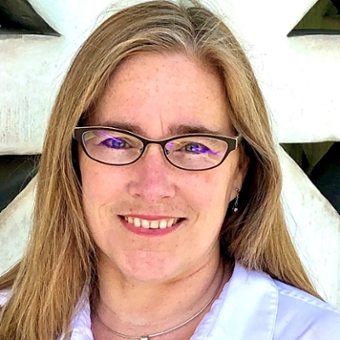
Materiality of Monasticism: Augmented Reality and Monastic History is a research project dedicated to exploring the materiality of early monasticism in the Eastern Mediterranean world with the aid of augmented reality, which integrates legacy excavation data and 3D models. Drawing on the theoretical models of materiality studies, material religion, and thing theory, I will reconstruct monastic spaces from Christian monastic communities that bring together again the built environment with objects that were excavated from the spaces. My archaeological research on monks-as-makers and their fiber arts represents a new area of research in monastic studies. Instead of separating objects from their original contexts, I seek to place monastic products back in their physical spaces in monastic dwellings and examine how monks divided spaces for work and prayer throughout the day. The process of cluttering the spaces with objects again offers the possibility to study the spatial relationship between monks and their material world. Instead of focusing on the monumental churches of the monastic communities, this project takes us into their private oratories, kitchens, bedrooms, and work areas. Two aspects of this digital humanities project are particularly interesting for monastic history and, more generally, for using extended reality in archaeology. First, reconstructing religious spaces from legacy excavations and archives allows scholars to reexamine material that is often poorly documented and investigated. Historians may better understand how monks lived and produced handcrafts by placing objects such as lamps, woven palm mats, looms, and linen curtains back in their excavated contexts. Second, I will utilize augmented reality to document the natural processes by which buildings collapse over time, and how “recluttering” spaces create opportunities to reconstruct environments and the lived experience in monasticism. In Spring 2026, I will host an event where scholars of Late Antiquity will join me to discuss the visual and aural cultures of eastern Christian monastic spaces and to share the augmented, built environments with the Brandeis community.
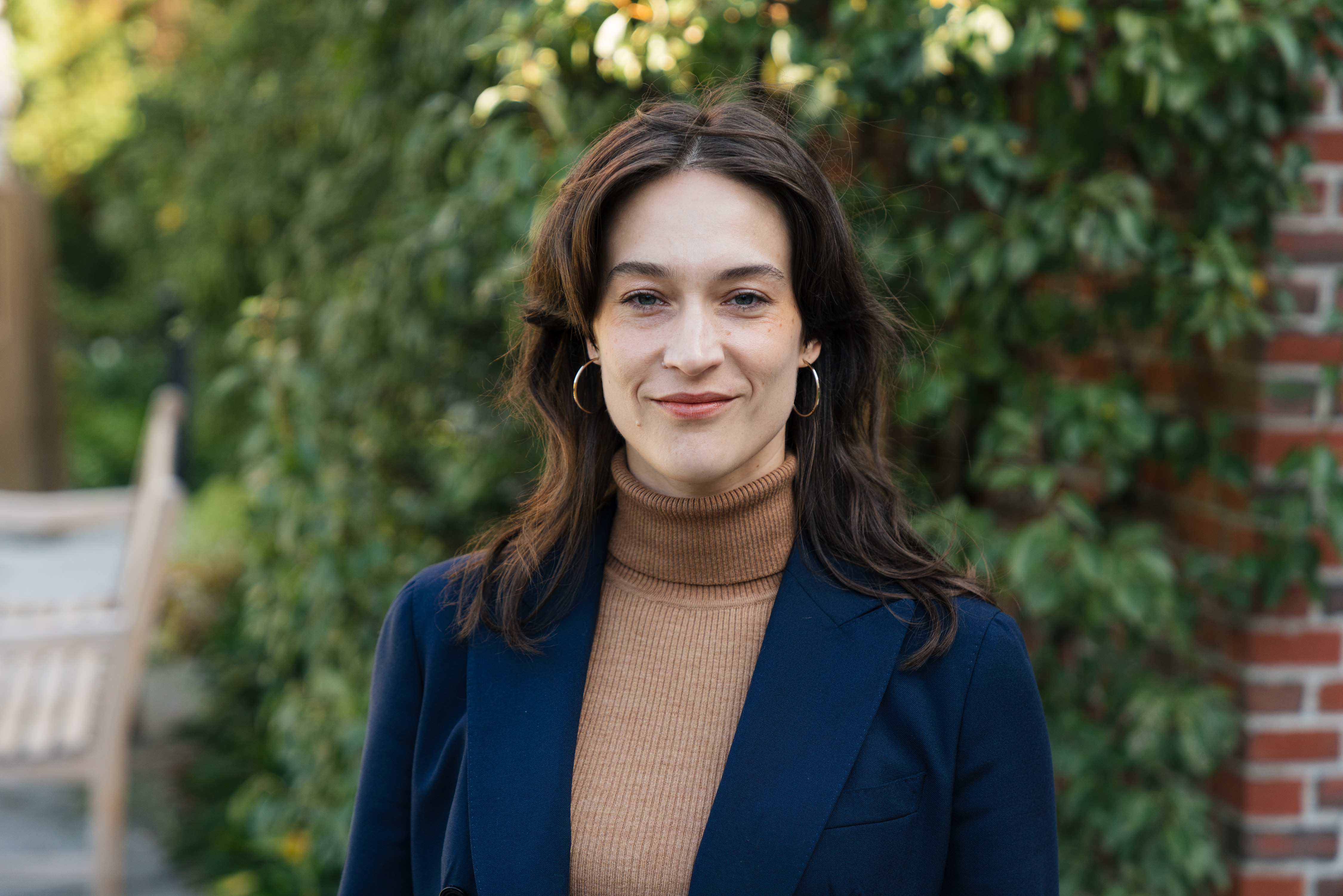
The United States is a settler empire born in a tax revolt. Given this history, it is striking that the US Constitution twice refers to Native nations as “Indians not Taxed.” My book manuscript, “Indians not Taxed”: Indigenous Wealth and American Taxation in the Nineteenth Century, takes the category of “Indians not Taxed” as a point of departure for a larger history of wealth and colonialism, sovereignty and private property. “Indians not Taxed” embodied the federal government’s tacit recognition of Native sovereignty, a recognition that contradicted contemporary juridical formulations of so-called “domestic dependent nations.” Throughout the nineteenth century, Indigenous polities exercised their own fiscal sovereignty by exacting taxes from their own citizens, deducting national revenue from payments they received from the federal government, and charging non-Native Americans for the right to travel or trade within their territories. For much of the nineteenth century, the national government held to its constitutional word, considering Indians not taxable. When states tried to collect property taxes on Native landowners, federal courts ruled against state legislatures, affirming Native tax immunity. After the Civil War, however, the federal government reversed course and began claiming the power to tax Indigenous persons. The resulting debate set the terms for how Indigenous peoples would approach the prospects and perils of American citizenship.
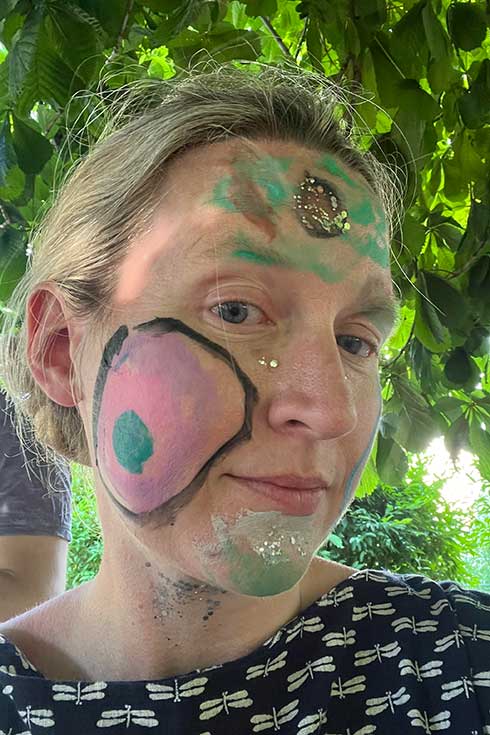
The motivating observation for this project is that the aesthetics of childhood – understood broadly to include literature and film, but also food, clothing and design more generally – often has less to do with expressing oneself, and more to do with shaping and becoming a mature person. I was inspired to think about this topic while writing my book on philosophy and clothing, which will be published this summer with Cambridge University Press. One chapter in that book focuses on children’s clothing, since Enlightenment philosophers like Rousseau, Kant, and Locke are often cited as influences on the development of children’s clothing in the late eighteenth and early nineteenth centuries......
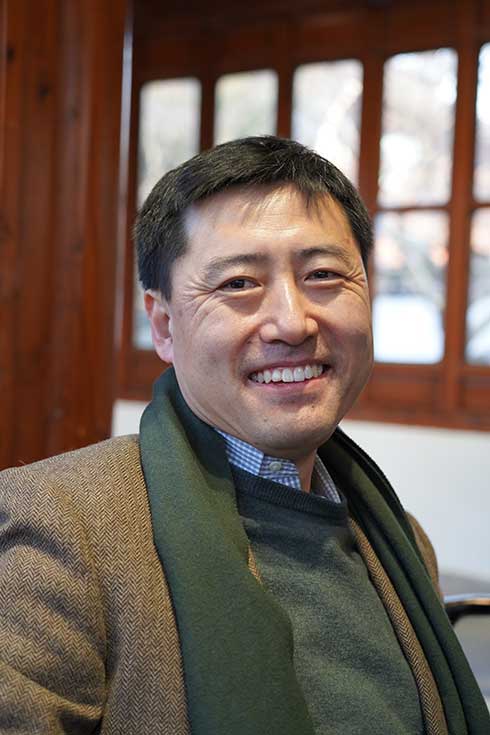
Travel means a movement between the familiar and the unknown, a human condition of mobility, and a social-spatial experience of otherness. Travel writing, as an exploration of the foreign and the faraway, has been indispensable to literary modernity since the advent of global transportation, capitalist domination, and world revolution. I am applying for the Mandel Research Grant to tread new paths in my second book project. This study, the first of its kind, explores revolutionary travel writing in twentieth-century China. With the initial work I have done in the USA and France, I have also found an ever-expanding horizon of transnational comparison. I hope that, with the support of this fellowship, I can conduct more cross-disciplinary research in China.
Public Humanities Grants for Faculty
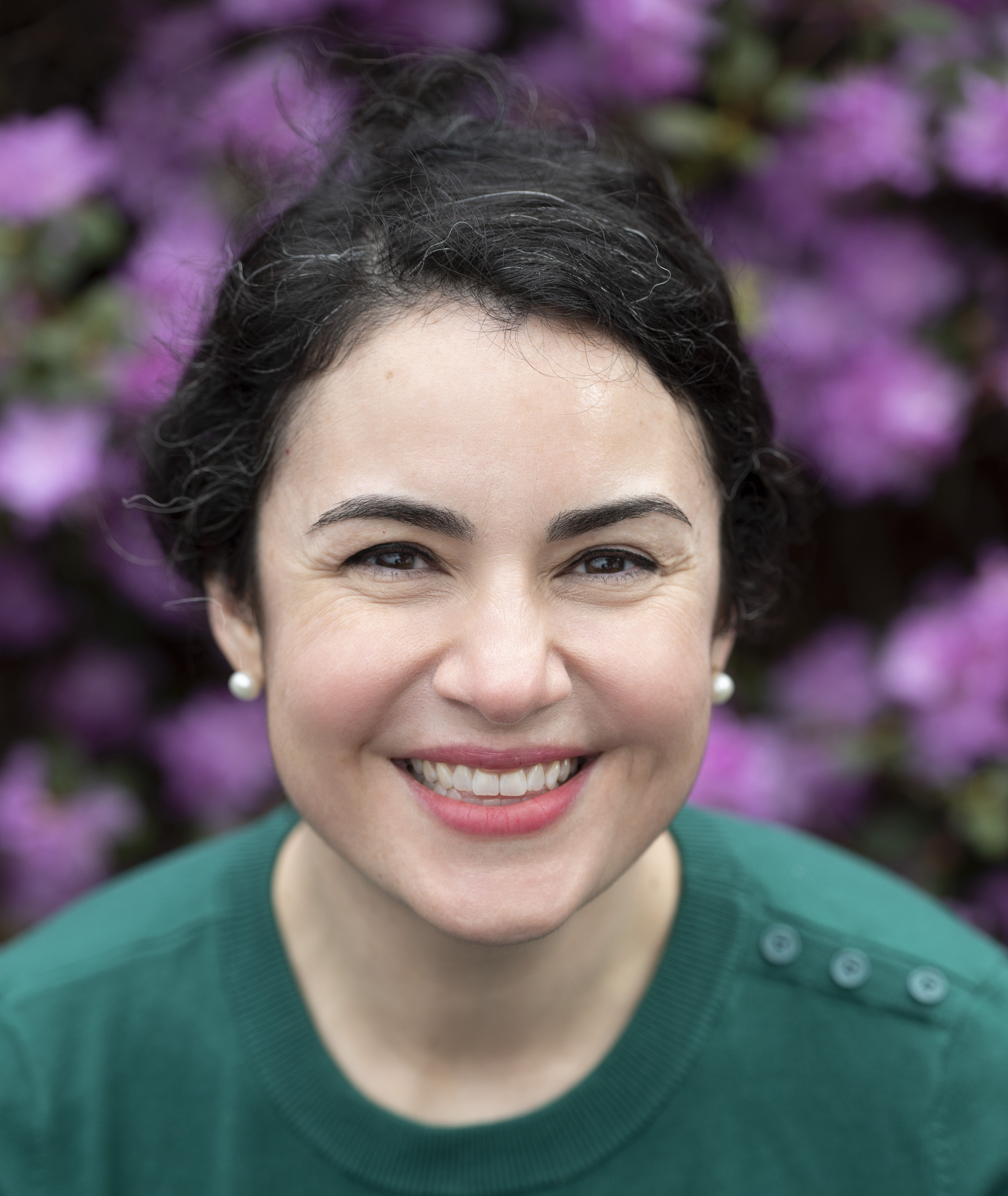
Building Collective Resilience via Collective Memory is an oral history and digital humanities (mapping) project that documents and makes publicly available place-based histories of urban flooding in historically marginalized communities in Waltham, MA. The goal of this project is to record, preserve, and make publicly accessible place-based stories of urban flooding events in environmental justice (EJ) communities in Waltham. Across New England, flooding from typical and extreme rain events will worsen in the coming decades. Despite susceptibility to flooding, many post-industrial cities, Waltham included, lack mandatory protocols for recording small-scale flood events. Although scientific models can identify flood-prone locations, a holistic approach to flood mitigation and adaptation requires harnessing local knowledge and experiences. Local residents possess valuable insights about flood risks and impacts at the neighborhood level, which cannot be captured by scientific methods alone. Humanistic methods can uncover community-specific vulnerabilities, coping mechanisms, and cultural and historical factors that influence how residents may perceive and respond to flood events. This oral history project centers local knowledge as an essential strategy for mitigating climate-related challenges.
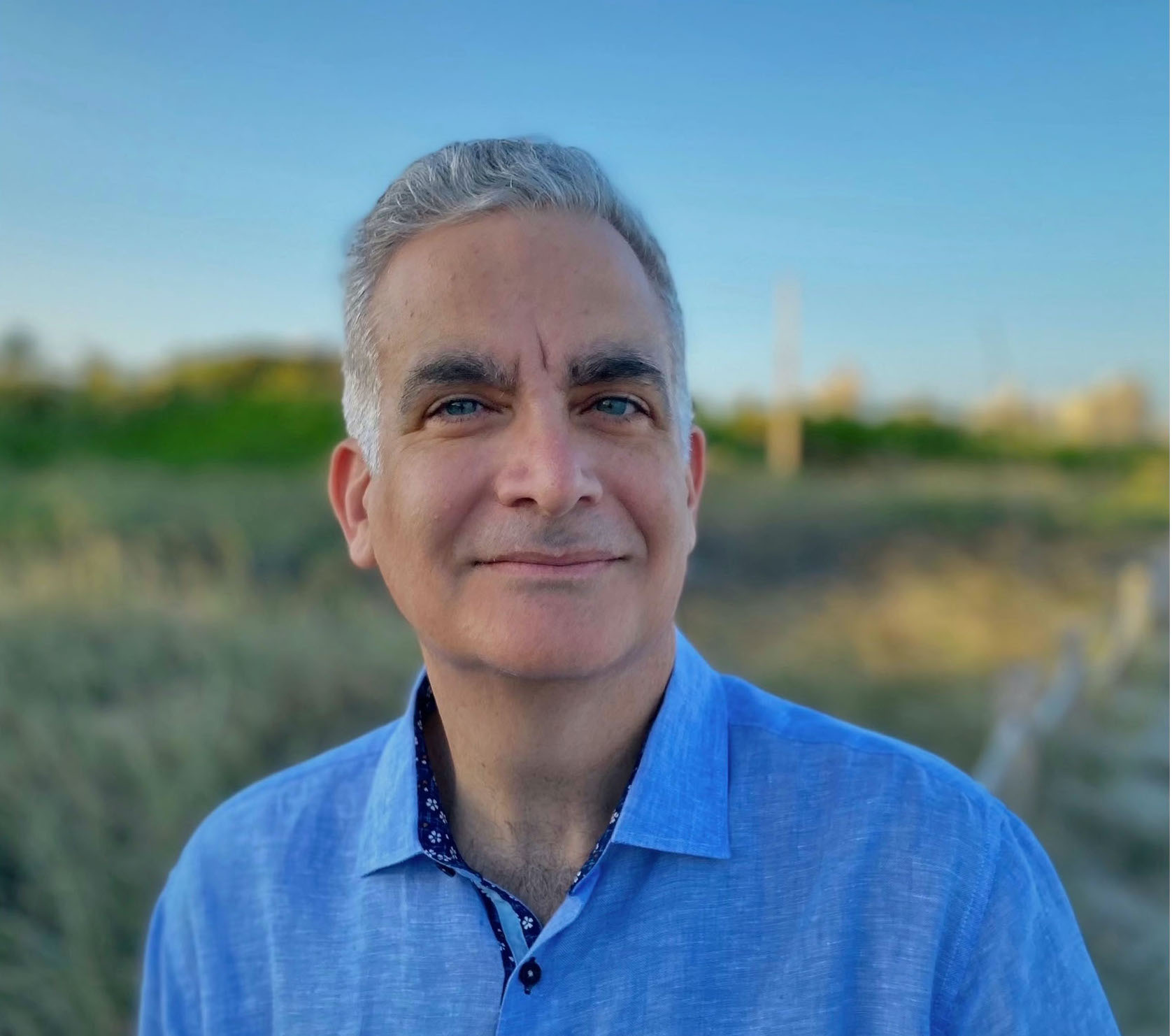
What lessons can we learn from a brilliant Holocaust survivor who forged her wisdom through a life marked by both inconceivable lows and improbable highs? An orphaned toddler who became a noted flamenco performer dancing her way around the world. A frail woman in her eighties, estranged from her son and living all alone, who discovers that she has more than thirty grandchildren she never knew existed. Tatiana can teach us all important lessons about love and intimacy, resilience and growth, forgiveness and acceptance, family and friendship, loneliness and belonging, survival and letting go. She can also teach us about an overlooked kind of Holocaust survivor, one who never went to the camps, but was nonetheless forever impacted by the genocide.
I know because she taught these lessons to me.
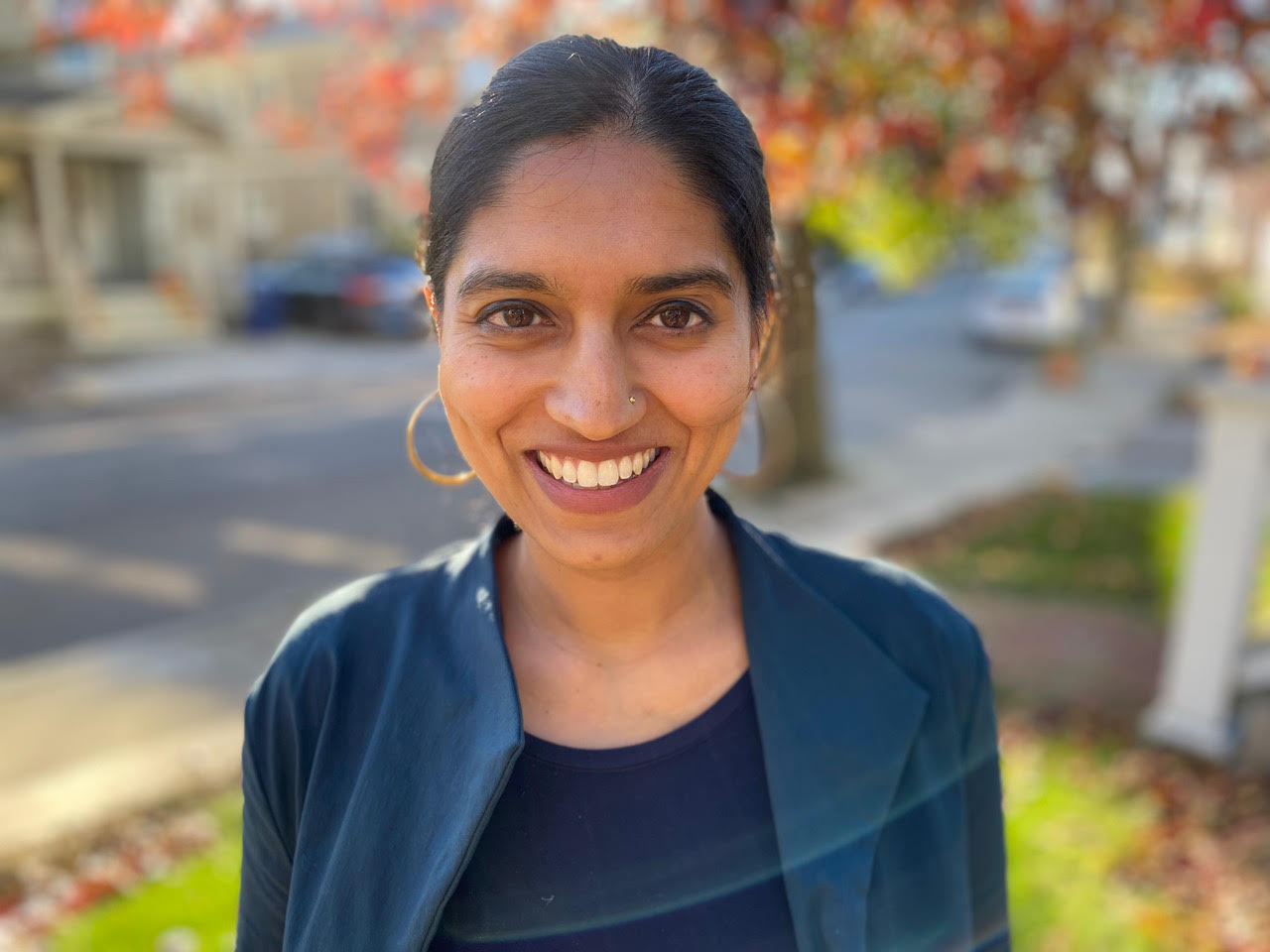
Sadhana Mahila Sangha is a women-led collective of street-based sex workers that has been working in Bangalore, India for more than two decades. This collaborative film project, led jointly with the members of Sadhana, Brandeis faculty member Gowri Vijayakumar, and Bangalore-based artists Deepak Srinivasan and Varun Kurtkoti, explores Sadhana members’ visions of the city, of public space, of art, and of themselves. The film builds on a 2014 theater production, Hasivu Kanasu (Hunger Dreams), with a script originally written by the writer, feminist, and Dalit activist, Du Saraswathi, as well as Sadhana’s ongoing explorations of visual art, photography, and film. The film explores women’s folk music; experiences of caste, labor, family, and friendship; and the layered histories of the city and public space. Sadhana’s members reflect on the changing contours of the city and their place in it, including their efforts to build their collective and counter everyday violence, as well as the ways gentrification is reshaping the city and the spaces they occupy. The aim is for Sadhana members to participate as artistic creators rather than objects of fascination or fear, examining moments of joy as well as pain, humor and resilience.